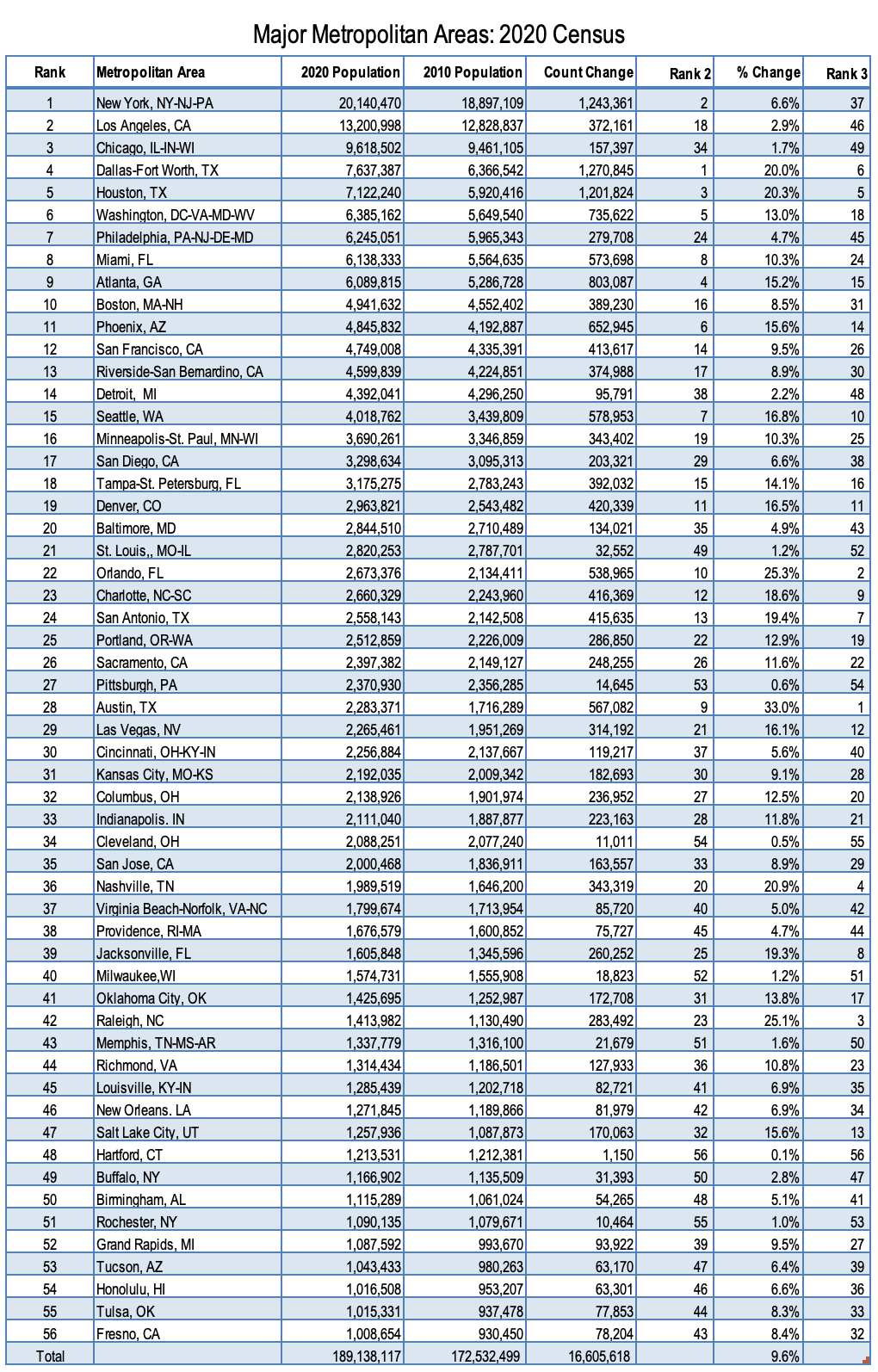As the coronavirus pandemic hit in early 2020, state and local executives issued emergency orders to respond to this unprecedented health situation. This included orders shutting down businesses deemed non-essential, prohibiting social gatherings, putting evictions in abeyance, and even ordering people to stay in their homes.
I think most people understood that governors and mayors were trying to grapple with a highly unusual and uncertain situation and gave them the benefit of the doubt early on.
But as the pandemic went on, these leaders continued to rely almost exclusively on emergency orders to govern. A year and a half into the pandemic, we have in essence entered a system of rule by decree in America.
This was not necessary. Governors strategically decided against calling special sessions of their legislatures to deal with the pandemic. It’s likely the case that the legislators themselves probably did not want to have to take responsibility for pandemic actions, but nevertheless, the ordinary democratic process was largely sidelined.
When normal legislative sessions resumed, states such as Indiana and Ohio passed measures curtailing gubernatorial emergency powers and giving themselves a greater role in decision making. Both of these cases resulted in vetoes that were overridden and the governors are now suing to overturn the legislation.
The media class has been largely supportive of lockdown type measures. Hence there’s been little reporting on how unpopular gubernatorial rule by decree has been. In Indiana, for example, the Libertarian candidate for governor got more than double the level of support of any previous Libertarian candidate for statewide office, hitting double digits.
But the clearest example is Pennsylvania. Pennsylvania is a purple state that leans blue, so is hardly a bastion of conservative Republican control. The governor used vetoes to prevent limits from being put on his power. In response, the legislature bypassed him by putting a constitutional amendment to severely restrict the governor’s emergency powers on the ballot. It passed.
In Pennsylvania, the governor is now limited to a single, non-renewable 21-day emergency order period. Beyond that time, he must get legislative approval for emergency actions.
I think this shows the public is not on board with indefinite rule by decree, particularly with the very expansive powers claimed by executives to micromanage the behaviors of the public and businesses. Nor should they be. If the much maligned US Congress can manage to pass several coronavirus relief bills, there’s no reason state legislatures can’t pass laws as well.
Governors should have broad emergency authority to respond to unforeseen situations like the pandemic. But this should be strictly time limited. I personally think 21 days is too short. It would be better to have a limit of 30 days, renewable for an additional 15 day period. 45 days is plenty of time to convene the legislature to take action.
Even Hungary’s Viktor Orban had his pandemic related emergency powers ended earlier this years. There’s no reason for American governors and mayors should be able to use emergency powers to indefinitely rule by decree. It’s not democratic. And it’s also not popular.
This piece first appeared at Heartland Intelligence.
Aaron M. Renn is an opinion-leading urban analyst, consultant, speaker and writer on a mission to help America’s cities and people thrive and find real success in the 21st century. He focuses on urban, economic development and infrastructure policy in the greater American Midwest. He also regularly contributes to and is cited by national and global media outlets, and his work has appeared in many publications, including the The Guardian, The New York Times and The Washington Post.













